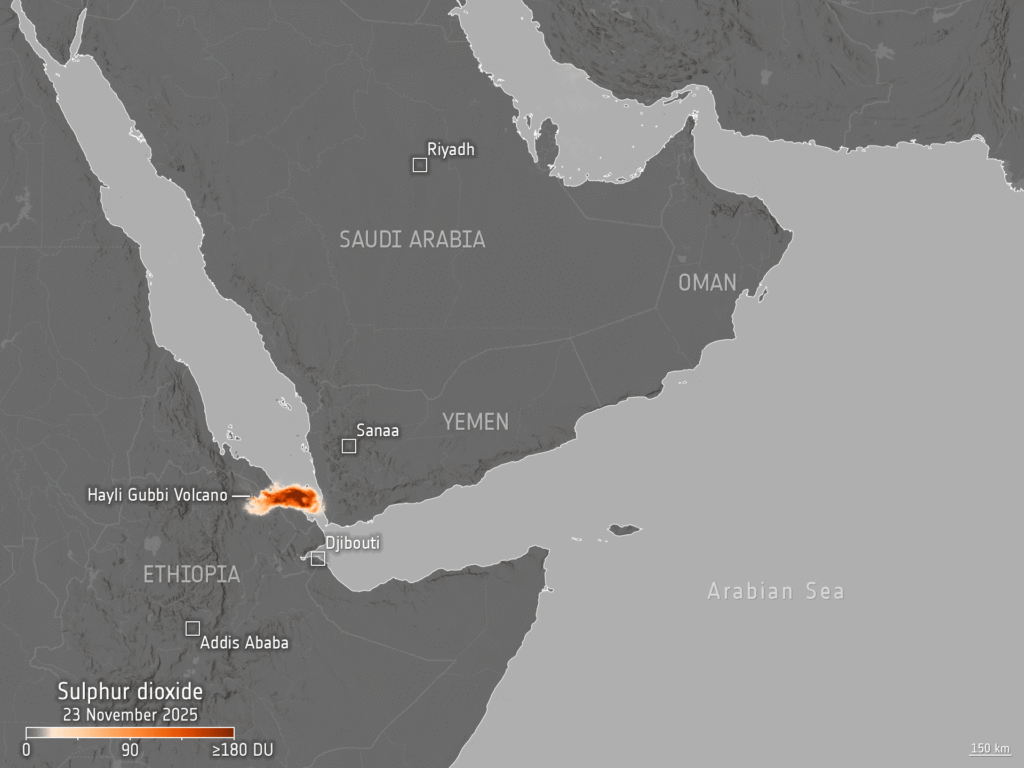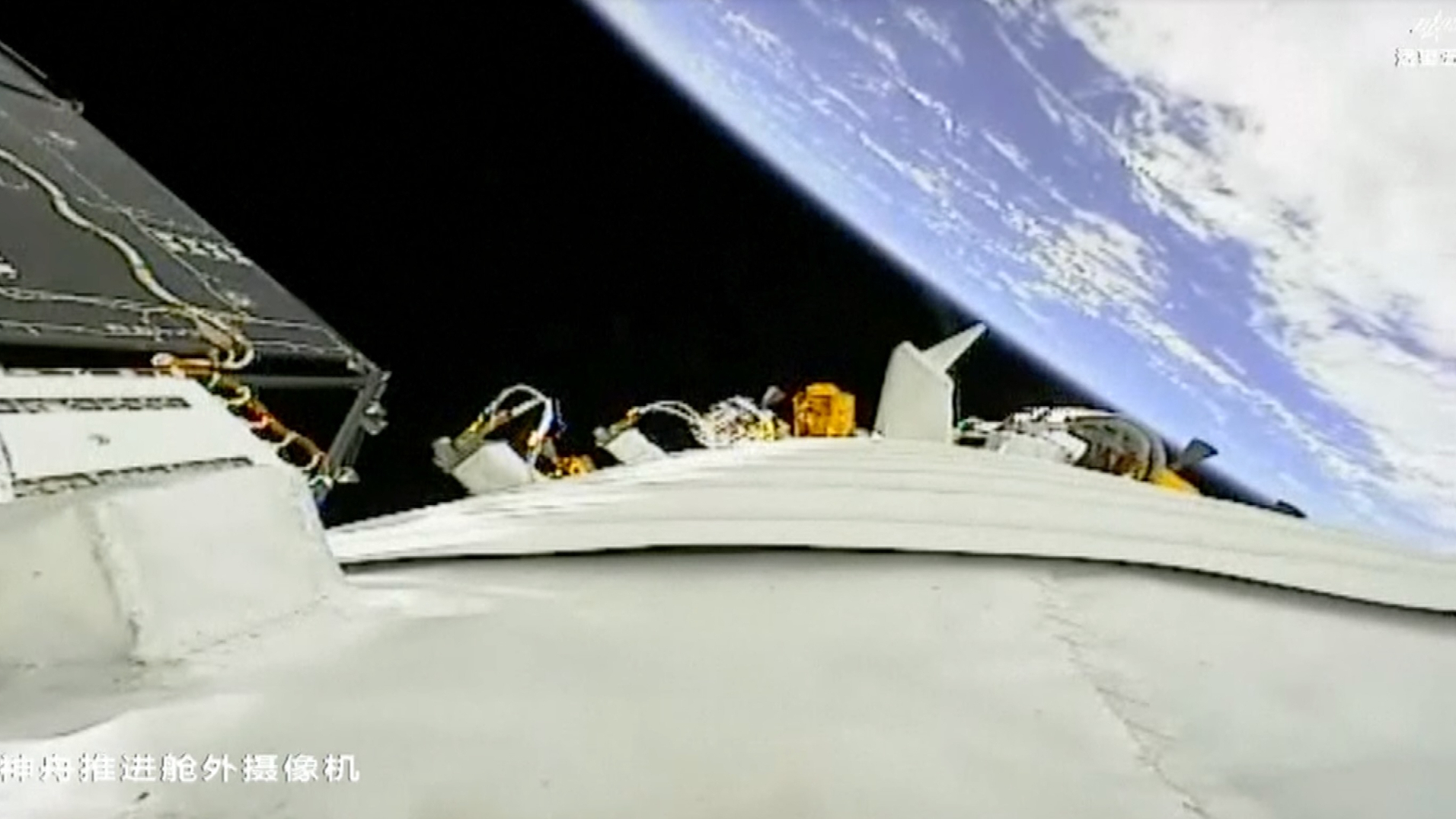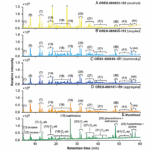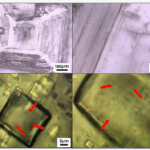Now Reading: SpainSat NG programme completed as second secure communications satellite launches
-
01
SpainSat NG programme completed as second secure communications satellite launches
SpainSat NG programme completed as second secure communications satellite launches


25/11/2025
60 views
4 likes
Europe has strengthened its secure-communications capabilities with the successful launch of SpainSat NG II on 24 October, wrapping up the SpainSat Next Generation programme supported by the European Space Agency (ESA). With both SpainSat NG satellites now in orbit, Europe will see its most advanced governmental communications system to date, a major step for the continent’s security, crisis-response capacity, and technological autonomy.
The launch of SpainSat NG II from Kennedy Space Center comes nine months after its twin, SpainSat NG I. They are part of Spanish satellite service provider Hisdesat’s SpainSat Next Generation programme, focused on advancing secure satellite communications for Europe.
Set to begin joint operations in 2026, the satellites will serve the Spanish Armed Forces, and other national and allied government agencies. It will also be used by the European Union through its GOVSATCOM HUB and help cover humanitarian response missions worldwide. Their coverage extends across Europe, the Americas, Africa, and parts of the Middle East and Asia.
Built on Airbus’s Eurostar Neo platform and weighing approximately six tonnes each, the satellites have reconfigurable X-band antennas together with KaGov-band steerable antennas developed under ESA’s Pacis 3 Partnership Project. European space collaboration between ESA, Hisdesat, Spanish Space Agency and Airbus Defence and Space enabled the innovative development of these antennas with pooling and sharing capabilities, so that it quickly adapts to changing uses and users.
Instead of relying on many fixed antennas, the X-band antenna system integrates an active array capable of performing the work of 16 traditional antennas. It can shift capacity in real time based on demand or environmental conditions. This is crucial when communication needs suddenly change during natural disasters or high-security operations. The antenna can also geolocate and disabling jamming attempts, making sure connections stay reliable when signals are disrupted.
The satellites were built in just five years and launched within the same year, a pace that highlights the efficiency of the industrial process led by industrial prime Airbus Defence and Space. Additionally, Spanish industry contributed extensively through companies such as Sener, Indra, Arquimea, Tecnobit, GMV, and Airbus Crisa, reinforcing Europe’s position in secure-satellite technology.
With SpainSat NG now complete, Europe gains a powerful and adaptable system designed to provide reliable, secure communications, strengthening Spain’s capabilities and the continent’s strategic autonomy in space.
“The success of SpainSat NG demonstrates what Europe’s space players are capable of,” said Josef Aschbacher, Director General of ESA. “ESA’s role as a neutral technological expert allowed us to build a collaborative philosophy directly into the pool-and-share capabilities enabled by Pacis 3, ensuring governmental users can communicate during a crisis. We are proud to champion this collaboration across public and private spheres, which made it possible to innovate quickly and improve our collective safety and strategic autonomy.”
“SpainSat NG represents the next generation of secure satellite communications in Europe. This second launch marks a key milestone in providing more adaptable and secure communications services that will benefit governmental users across Europe and beyond,” said Laurent Jaffart, ESA’s Director of Connectivity and Secure Communications.
“Pacis 3 has been an excellent collaboration between institutional and industrial organisations”, said Miguel Ángel García Primo, Hisdesat’s Chief Executive Officer. “We are proud to have developed SpainSat NG I & II, the most advanced European secure communications satellites, in collaboration with ESA, Spanish Space Agency and Airbus Defence and Space, with the participation of most of the Spanish Space sector. This project has placed Spanish industry at the forefront of active antenna technologies”.
Stay Informed With the Latest & Most Important News
Previous Post
Next Post
-
 012024 in Review: Highlights from NASA in Silicon Valley
012024 in Review: Highlights from NASA in Silicon Valley -
 02Panasonic Leica Summilux DG 15mm f/1.7 ASPH review
02Panasonic Leica Summilux DG 15mm f/1.7 ASPH review -
 03How New NASA, India Earth Satellite NISAR Will See Earth
03How New NASA, India Earth Satellite NISAR Will See Earth -
 04And Thus Begins A New Year For Life On Earth
04And Thus Begins A New Year For Life On Earth -
 05Astronomy Activation Ambassadors: A New Era
05Astronomy Activation Ambassadors: A New Era -
06SpaceX launch surge helps set new global launch record in 2024
-
 07Space Force plans new ‘Futures Command’ amid pressure to speed up modernization
07Space Force plans new ‘Futures Command’ amid pressure to speed up modernization




















